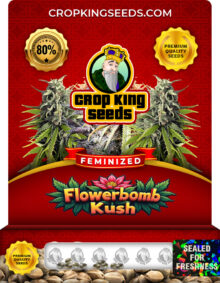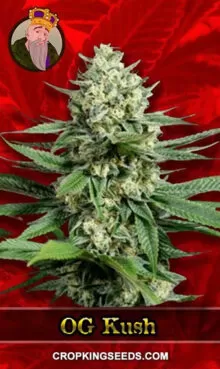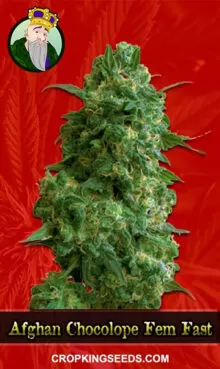Although most people focus on the valuable buds when growing cannabis, a whole approach to the plant can release potential in the less known parts, the stems and stalks. Though they are typically thrown away, fibrous materials have great practical value that would appeal to creativity and environmentalism. From infusions and topicals to handicraft and composting, recycling cannabis stems can significantly save waste while simultaneously boost self-sufficiency and creativity.
The promise of cannabis stems comes mostly from regenerative farming. Every component of the plant has a different use than it was intended for; thus, knowing what to do with cannabis stems helps one to be more responsible and economical. More people are looking for methods to increase yield not only in quantity but total usage as more environmentally friendly cannabis develops as an industry.
Changing the Stem Composition of Cannabis
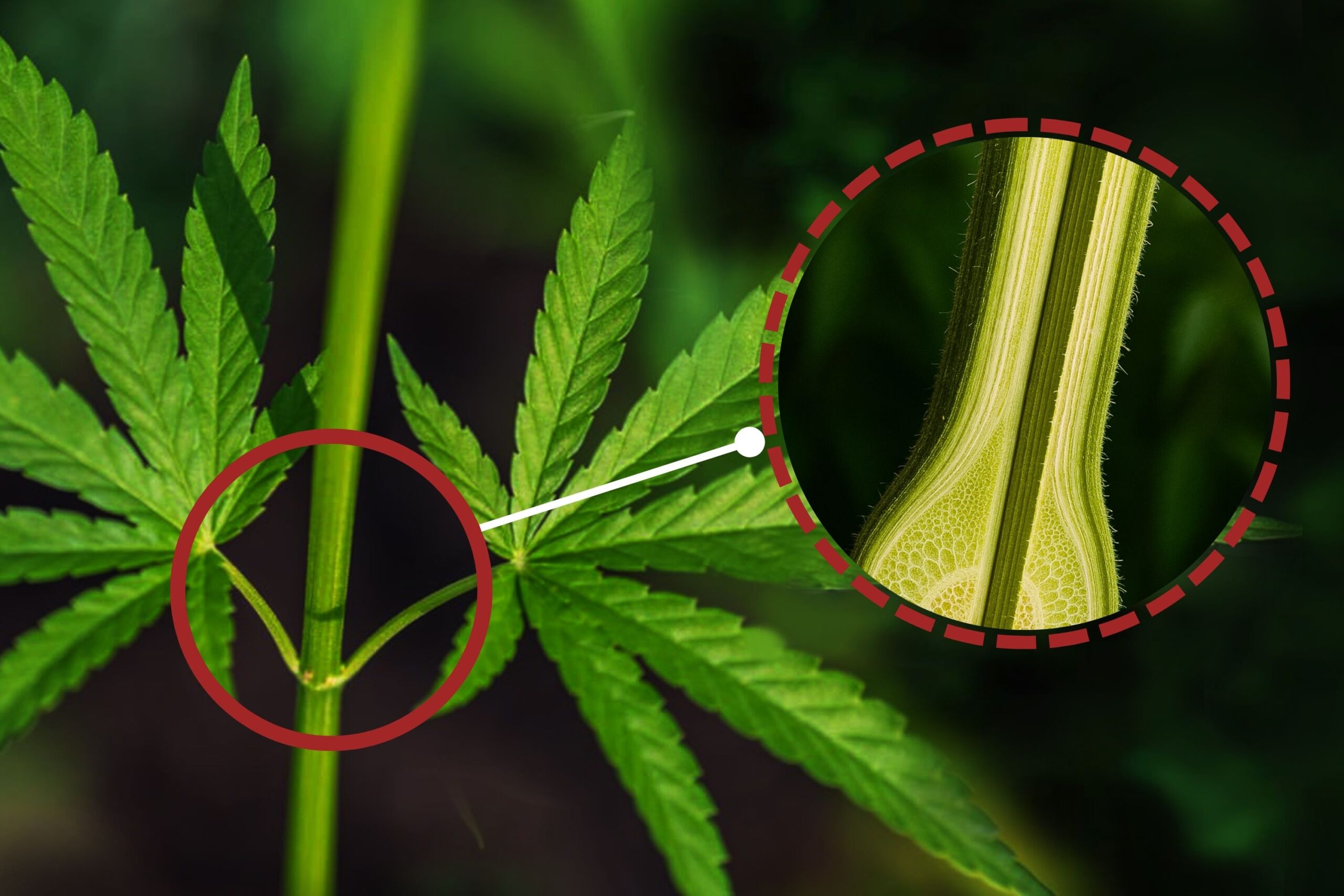
Cellulose, lignin, and residual cannabinoids makeup cannabis stems. Natural fibers provide stems their robust, woody character, which makes them perfect for both creative and practical recycling. Although stems have far less cannabis content than buds or sugar leaves, inner pith or outer bark layers reveal minute levels of THC, CBD, and other compounds.
Understanding the structure of the cannabis stem helps us to apply it with flexibility, strength, and chemical value in line. While bigger, woody stalks are of value in compost, mulch, or construction-grade material, delicate, thin stems are particularly suited for infusions and fiber arts.
1. Make Soothing Herbal Beverage Brew Cannabis Stem Tea
Making stem tea is one of the easiest and most laid-back approaches to recycle cannabis stems. This traditional tisane makes a mild, therapeutic drink using the trapped residual cannabinoids and terpenes found in the stems. Stem tea provides a mild, soothing experience best suited for stress relief, sleep induction, and the reduction of inflammation, even if it will not provide the strong psychoactivity of flower-based goods.
The stems must be decarboxylated prior to brewing if one wants to raise the bioavailability of cannabis in tea. Low heating them (230°F or 110°C) for 30 to 45 minutes decarboxylates THCA and CBDA from the non-psychoactive to the active forms. The stems should then be coarsely crushed or chopped once they have been decarboxylated so that more surface area is extracted and to enable a better infusion during boiling.
Stems should be boiled in water and a fat source, such milk, coconut oil, or butter 30 to 60 minutes for optimal effect. Because cannabis are lipophiles, adding a lipid improves the extraction from fibrous plant material. To improve taste and healing impact, the brewed drink can then be seasoned with herbal infusions including ginger, peppermint, or chamomile. With every harvest, stem tea is a wonderful way to maximize what would otherwise be thrown away and profit from light wellbeing.
2. Make Home Made Cannabis Topicals
Reusable cannabis stems can be used as medicated topicals providing localized treatment free from any systemic impact. Ideal for application with muscle discomfort, arthritis, skin inflammation, and other inflammatory diseases, salves, balms, lotions, and massage oils fall into this group. Though stems have modest levels of cannabinoids, their infusion into an oil-based carrier fluid produces weak yet useful chemicals with medicinal worth.
The method starts with gently introducing decarboxylated stems into a carrier oil such jojoba, olive, or coconut oil. This is advised to be done in a slow cooker or double boiler to provide a mild, consistent heat for several hours usually two to three. The terpenes and cannabinoids dissolve into the oil during this procedure to produce a somewhat enriched basis for the topical application. Herbs with anti-inflammatory and skin-calming effects include lavender, arnica, or calendula can be added.
The oil can then be mixed with beeswax after infusion to form a solid balm or blended with shea butter and aromatic oils to make a lotion. Though they’re still great additions to an alternative medicine cabinet, topicals derived from stem material won’t have the same THC concentration as those using trichome-abundant trim. This is particularly true for folks who suffer skin sensitivity or demand earth-friendly wellness solutions.
3. Get Cannabinoids from Alcohol Tinctures
After harvest, cannabis stem tinctues offer a moderate and long-lasting way to preserve the residual cannabis. Stem-based tinctures are perfect for microdosing, sleeplessness, or overall well-being since they are less strong than flower-based tinctues. If done with food-grade solvues like Everclear or high-proof vodka, the alcohol extraction method is straightforward and safe.
Chop and decarboxylate the stems first; then, put them in a mason jar loaded with alcohol. For one to three weeks, keep the jar dark and cool; shake it daily to promote complete extraction. Stored in a dropper container for simple dosage, the generated liquid can be filtered through a fine mesh or coffee filter. Usually, longer steep periods generate darker, more resinous tinctues with more expansive profiles for cannabinoids.
Tinctures can be consumed sublingually for rapid absorption or in recipes calling for gummies or flavored drinks. Stem tinctures provide low-dose delivery that yet produces the entourage effect of full-spectrum cannabinoids and terpenes as a choice for sensitive people seeking significant euphoric effects. And they’re shelf-stable, perfect for storing extra, concentrated plant matter on hand.
4. Make Rope Crafts and Fiber Goods
Because cannabis stems are fibrous, they are ideal for hand-spun rope, twine, and other crafts. Like hemp, cannabis bast fibers are biodegradable, strong, and robust; ideal for low-waste, self-sufficient homes. Stem fiber provides a satisfying hands-on reuse experience for both useful garden ties and decorative purposes like jewelry and macrame.
Workable fiber stems must first be retted, soaked in water for a few days to soften the pectin binding fibers together. Retted external bark can be scraped or peeled away to reach the long, stringy bast fibers. These are then dry, sorted, and either braided or twisted into ca ord. For your project, you might decide to wax or dye the fibers for more durability or look.
Using cannabis fiber not only cuts plant waste but also brings us back to age-old methods of working with the whole crop. From rustic home décor to garment trim, the final outcome is biodegradable, sustainable material. For education on fiber crops, natural processing, and green design, it’s also a great tool.
5. Return the mulch and compost to the soil
Instead of wind-up in the trash, marijuana stems can be chopped and placed in compost piles or mulched to feed next harvests. Their wood content adds carbon, a necessary element to counter nitrogen-heavy “green” components such as food waste or leaves in compost piles. This technique helps a closed-loop farming system whereby plant waste is recycled back onto the ground, replenishing microbial levels and so lowering dependence on chemical fertilizers.
Shred or cut stems to 1 to 2 inch lengths to hasten breakdown and avoid matting before adding to compost. Over time, microbial processes break down lignin and cellulose into humus, releasing rich minerals including magnesium, calcium, and potassium into the ground. Composted stems add aeration, water, and long-term soil fertility building power.
When used as mulch, stems ground cover, thereby shielding soil from erosion, controlling temperature, and weed prevention. Just lay shredded stems either along bed garden areas or straight to plant bases. Applied repeatedly, this upcycling technique transforms marijuana trash into a revitalizing resource for next generations of crops.
6. Use natural skews or picks from cannabis stems
Garden markers, toothpicks, and environmentally friendly skewers can all be made from thin, delicate cannabis stems. Their natural taper, wood-like stiffness, and subdued scent set them apart from single-use plastics. Including herbs or oils into these sticks will give culinary masterpieces more complexity and flair for those who enjoy grills or herbal artistry.
To ready skewers, just cut and smooth stems using a pocket knife or sandpaper. To improve taste and longevity, they can then be shared lightly or steeped in flavorings. Kebabs, cheese and fruit dishes, drink garnishes, or incense wands all call for them. Their form and shape also suit them nicely for use as garden seedling pegs or plant labels.
This straightforward reuse approach reveals that sustainability is elegant and basic. By turning stems into useful tools, we lower the need for throwaway goods and highlight the creative potential available with cannabis waste.
Finally Thoughts on Reusing Cannabis Stems
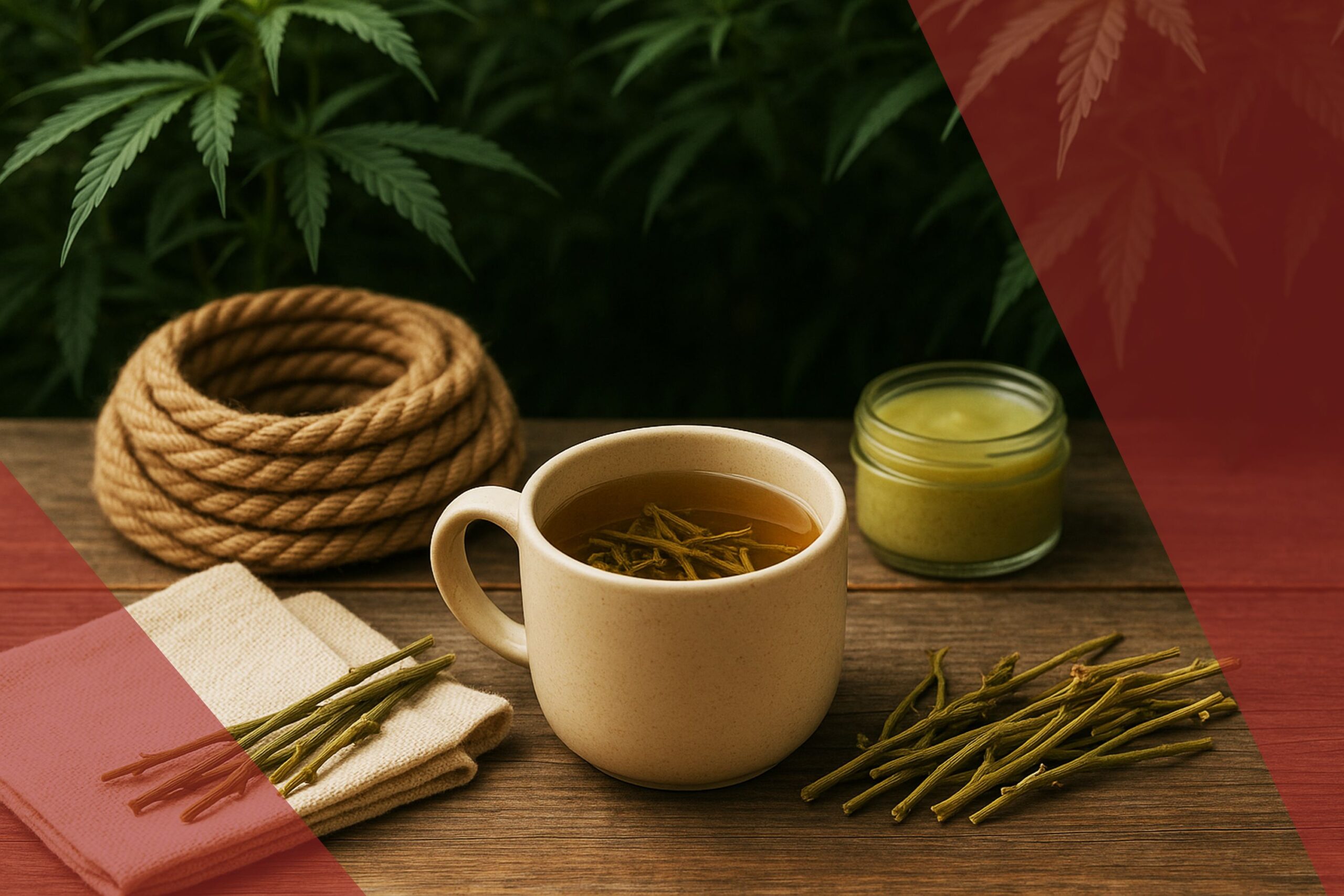
What to do with weed stem? Instead of discarding cannabis stems, we can become zero-waste individuals by turning them into useful, medical, or artistic value. From mulch and art to tinctures and teas, cannabis stems represent the whole value of the plant. Combining these uses not only honors the polyvalence of the cannabis plant but also fosters a greener and more ecologically friendly culture for cultivation. Using cannabis stems for several purposes shows how careful repurposing lowers environmental effects significantly and provides a variety of possible uses for consumers and growers.











